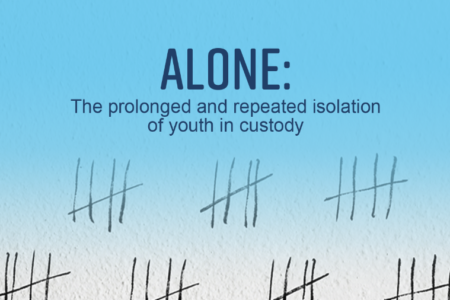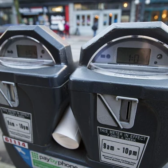Tips for drivers and parents to help keep kids safe this summer
It’s official – summer is here!
It’s an exciting time for kids and many are looking forward to spending more time outdoors whether it’s playing street hockey or riding their bike with friends. That’s why we’re asking drivers and parents to do their part to help keep kids safe on our roads during the summer months.
On average, 153 child pedestrians (aged five to 15) are injured in 145 crashes each year in B.C., including 17 child pedestrians (aged five to 15) are injured in 16 crashes each year in the Southern Interior.
“Traffic patterns change in the summer months so give yourself extra time and space to help you anticipate the unexpected,” said John Dickinson, ICBC’s director of road safety.
“Whether you’re a driver, cyclist or pedestrian, use extra caution and if you have children remind them to always make eye contact with drivers.”
Here are ICBC’s tips for drivers:
Kids all around: Drivers aren’t used to seeing crowded playgrounds and parks during the day but this all changes as we welcome summer. Remember that playground speed limits remain in effect year-round. When driving around playgrounds and parks, observe carefully. Small children are less predictable and harder to see than adults. During the summer months, speed limits in school zones are only in effect if summer school is in session, but kids often still play around these areas, so drive cautiously at all times.
Watch for clues: In residential areas, a hockey net or ball can mean that kids are playing nearby. Remember that a child could dash into the street at any moment. Pay attention and always anticipate the unexpected.
Older kids too: Older kids are often more independent and will likely spend time outdoors walking or cycling with friends unsupervised. Don’t assume they know the rules of the road or that road safety is top of mind for them. Watch out for them.
Here are ICBC’s tips for parents:
Be a role model: Parents are the number one role models for their children so make sure you set a good example when it comes to pedestrian safety. If your child sees you jaywalk, they’ll think it’s okay and do the same. Make sure you teach your child to cross at intersections that have a pedestrian crossing light or a marked crosswalk whenever possible.
Make it fun: Make learning about road safety fun while still treating it as a serious issue. For younger children, make it interactive by having them point out all the traffic signs they see and ask if they know what they mean.
Focus on the basics: Kids will digest information about serious issues when it’s kept simple and relevant. Begin your pedestrian safety lessons with the key basics that you learned as a kid, which are still relevant today. A great example is how to cross at intersections:
Stop: Before crossing, always stop at the curb. Make sure all vehicles have stopped.
Look: Look left and right for oncoming vehicles. Then look again over your left shoulder for vehicles that might be turning. Teach your kids to make eye contact with drivers before they step off the curb and keep looking for approaching vehicles as they cross.
Listen: Listen for approaching traffic that you can’t yet see.
Walk: Teach your kids to walk, never run, when crossing a road.
Mark out safe areas: Focus on teaching your kids where to safely position themselves when they’re around roads. Children should always walk on the inside edge of a sidewalk where they’re less exposed to traffic. If there isn’t a sidewalk, teach your kids to walk facing oncoming traffic so they can see approaching vehicles and make eye contact with drivers. Children should avoid shortcuts through parking lots where drivers can often be distracted by more complex maneuvers.
Boosters: During the summer, kids are often being chauffeured around by different people – their friends’ parents, grandparents and other caregivers. As parents, you know the law requires that your child use a booster seat until they are 4.9″ tall or at least 9 years of age, so make sure their booster seat goes with them wherever they go.
Older kids too: As your children become more independent, they’re probably looking forward to unsupervised outings with friends. It’s important to go over the rules of the road with them too especially since an adult won’t always be there to guide them. Help them plan safe routes they can take with their friends and give them a road safety refresher – remind them to never cross a street mid-block, put away their phone and remove their headphones especially when crossing, make sure all lanes of traffic have stopped before they cross and discuss the importance of making eye contact with drivers whether at an intersection or in a parking lot.
Post it: Children tend to pay extra attention to visual and printed materials, so consider posting ICBC’s child pedestrian safety tip sheet somewhere in your home. This can serve as a great conversational tool and a reminder for your children on what they can do to help stay safe on our roads.


























